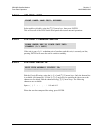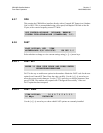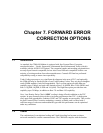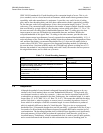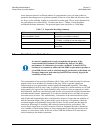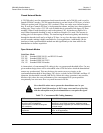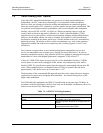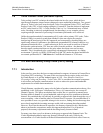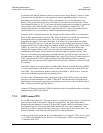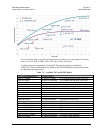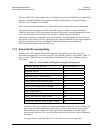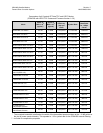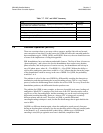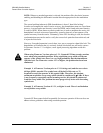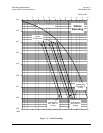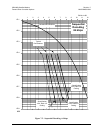
CDM-600 Satellite Modem Revision 7
Forward Error Correction Options MN/CDM600.IOM
7–7
it remained clear that the Shannon Limit was still an elusive target. Berrou’s work on Turbo
Codes showed, through the use of an ingeniously simple approach (multiple, or iterative
decoding passes) that it is possible to achieve performance close to the Shannon Limit.
Berrou’s early work dealt exclusively with iteratively-decoded convolutional codes (Turbo
Convolutional Coding, or TCC), but in time the iterative approach was applied to a particular
class of block codes called Product Codes - hence Turbo Product Coding (TPC). TPC
exhibits inherently low decoding latency compared with TCC, and so is considered much
more desirable for 2-way, interactive satellite communications applications.
In August 1999, Comtech became the first company in the world to offer, on a commercial
basis, satellite modems that incorporate TPC. Since its inception, Comtech has continued to
develop and refine its implementation of TPC in its products, and now offers a
comprehensive range of code rates (from Rate 5/16 to Rate 0.95) and modulations (from
BPSK to 16-QAM). However, in the past few years, as part of the general interest in Turbo
coding, a third class of Turbo coding has emerged, namely Low Density Parity Check Codes
(LDPC). It is more like TPC than TCC, in that it is an iteratively-decoded block code.
Gallager first suggested this in 1962, but at the time, the implementation complexity was
considered to be too great, and for decades it remained of purely academic interest. Now,
however, with silicon gates being cheap, plentiful and fast, an LDPC decoder can easily be
accommodated in a large Field Programmable Gate Array (FPGA) device. Further interest in
LDPC was stimulated in 2003, when the Digital Video Broadcasting (DVB) committee
adopted LDPC codes (proposed by Hughes Network Systems) as the basis for the new DVB-
S2 standard.
The LDPC method on its own produces an undesirable ‘flaring’ in the Bit Error Rate (BER)
vs. Eb/No characteristic, and for this reason it is desirable to concatenate a short BCH code
with LDPC. This concatenation produces almost vertical BER vs. Eb/No curves, as can be
seen in the performance graphs that are presented later.
In order to take full advantage of the coding gain increase that LDPC provides, it became
necessary to find an alternative to 8-PSK. Comtech EF Data has therefore developed an 8-
QAM approach that permits acquisition and tracking at much lower values of Eb/No than 8-
PSK. A discussion of this approach follows.
Comtech EF Data has chosen the CDM-600 platform as the first satellite modem in which to
implement both LDPC and 8-QAM.
7.7.2 LDPC versus TPC
So, is LDPC better than TPC? The answer must be ‘sometimes, but not always’, and there are
issues, such as latency, that must be taken into consideration. The graph shown below
illustrates the performance of various TPC and LDPC modes relative to the Shannon Limit -
the Channel Capacity is shown for both QPSK and 8-PSK. Error free transmission is not
possible for values of spectral efficiency (capacity) vs. Eb/No above these limit curves. The
horizontal distance to the limit provides a metric of overall performance.
It can be seen from this graph that for Code Rates above 3/4, Comtech’s TPCs are very close
(1 - 1.5 dB) to the Shannon Limit. However, at 3/4 and below, LDPCs are performing 0.7 -
1.2 dB better than TPCs.



